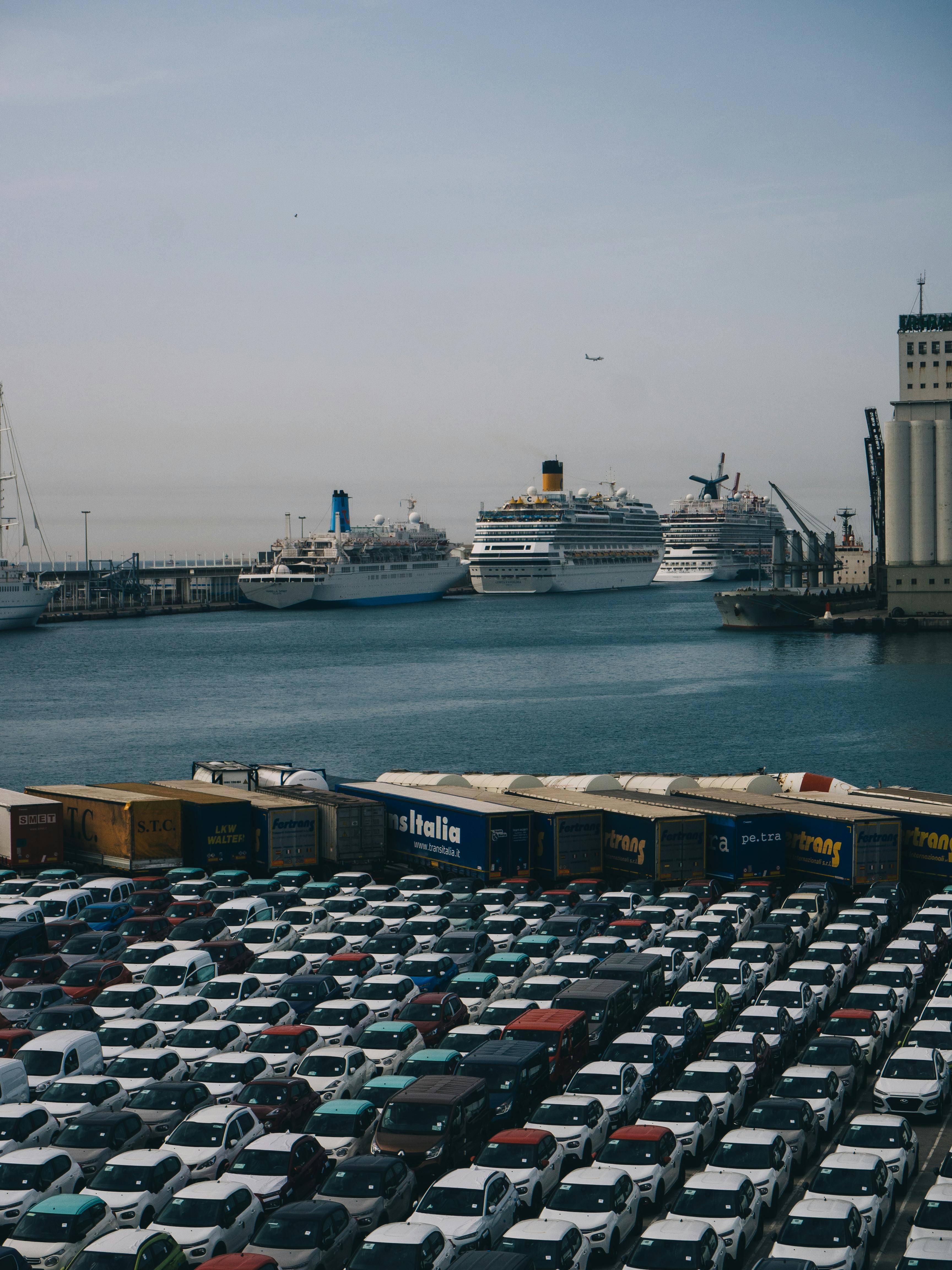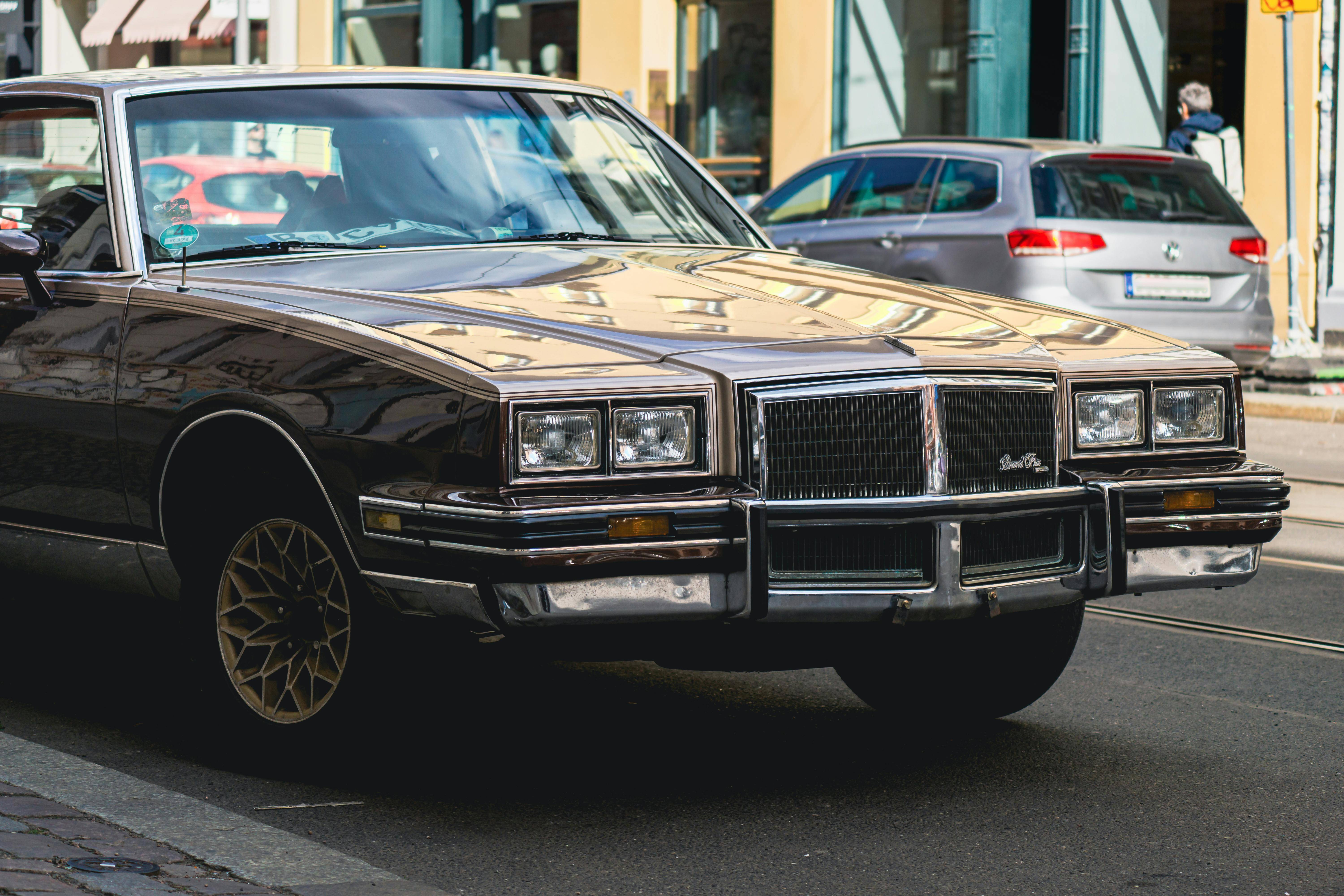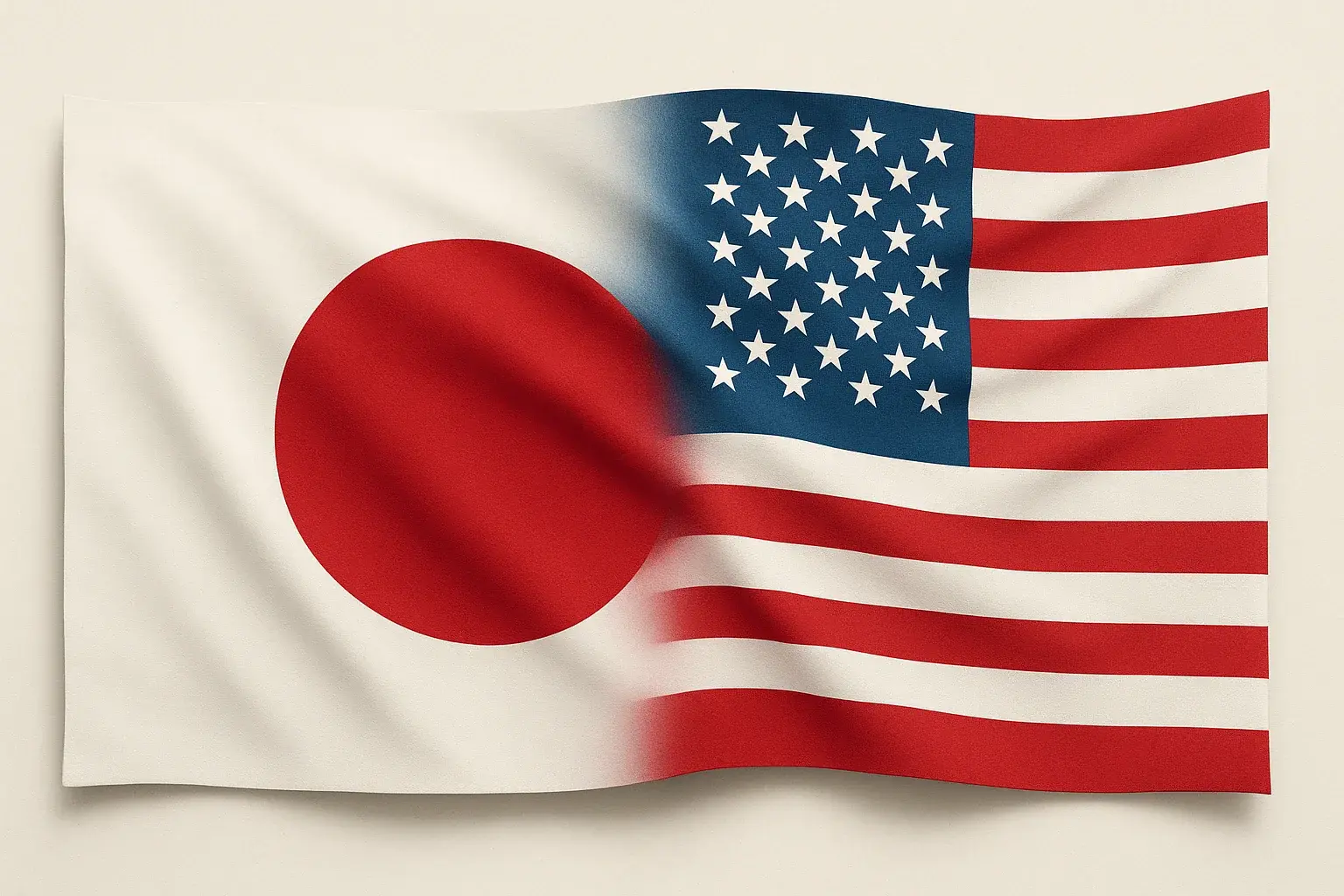Classic Car Imports: Exempt From Most Duties and Tariffs
Outline
-
Why Are Classic Car Imports Shielded from the New 25 Percent Tariff?
-
What Exactly Is the 25-Year Rule and How Does It Work?
-
Which Duties and Taxes Still Apply to Classic Car Imports?
-
How Do Importers Verify a Vehicle Is at Least 25 Years Old?
-
Can Vintage Cars Undergo Restoration and Still Qualify for Exemption?
-
Do Trucks and SUVs Enjoy the Same Classic Duty Break?
-
What Paperwork Must Importers File with U.S. Customs?
-
How Do Tariff-Free Imports Affect Classic Car Market Values?
-
What Logistics Steps Keep Duty-Exempt Classics Moving Smoothly?
-
Why West Coast Shipping Is the Trusted Partner for Duty-Exempt Classic Imports
1. Why Are Classic Car Imports Shielded from the New 25 Percent Tariff?
Washington introduced a sweeping tariff package on April 3 2025 aimed at protecting domestic manufacturing. Yet policymakers carved out an exemption for any vehicle at least 25 years old on its entry date, arguing these automobiles represent cultural heritage rather than competition for new-car sales. As confirmed in the executive order and detailed in West Coast Shipping’s tariff analysis, collectors avoided a price shock that would have tacked $25,000 onto a $100,000 Ferrari 355.
2. What Exactly Is the 25-Year Rule and How Does It Work?
The 25-year rule—established in 1988 and reinforced in recent tariff language—lets a classic enter the country duty-exempt from modern EPA emissions and DOT safety standards. Under Harmonized Tariff Schedule code 9903.94.04, any classic car manufactured 25 years old or more pays only the base 2.5 percent duty. That means a 2000 BMW Z8 imported in 2025 owes $7,500 duty on a $300,000 declared value—no additional 25 percent penalty. Our HS-code guide explains how brokers file the correct numbers to lock in savings.
3. Which Duties and Taxes Still Apply to Classic Car Imports?
Even with the tariff break, importers must pay:
| Charge | Rate | Applies To |
|---|---|---|
| Standard Duty | 2.5% + reciprocal tariff (varies by country) | Passenger cars & coupes |
| Harbor Maintenance Fee | 0.125 percent | All ocean shipments |
| Merchandise Processing Fee | 0.3464 percent (min $31.67) | All commercial entries |
4. How Do Importers Verify a Vehicle Is at Least 25 Years Old?
-
Original title with manufacture date
-
Factory build sheet or heritage certificate
-
VIN decoding (Model-year digit)
-
European customs documents for classic car imports from the EU
Customs officers compare paperwork to the entry date down to the day—miss by 24 hours and a 24-year-old Porsche 996 pays the full tariff.
5. Can Vintage Cars Undergo Restoration and Still Qualify for Exemption?
Yes—refinishing paint, rebuilding an engine, or upgrading brakes does not affect age status, provided the car retains its classic vehicle identity. If a shell is restamped or a modern chassis is substituted, officers may deem it “newer,” jeopardizing the exemption. Importers should keep restoration invoices to prove continuity of VIN and original construction.
6. Do Trucks and SUVs Enjoy the Same Classic Duty Break?
Light trucks under 25 years still face a 25 percent tariff plus 2.5 percent duty. But once a Bronco or Land Cruiser turns 25, it falls under the same exemption—paying only 2.5 percent. Collectors saved thousands on 1999 Chevy Silverado imports in 2024; 2000 models will follow suit in 2025.
7. What Paperwork Must Importers File with U.S. Customs?
-
Entry Summary (CBP Form 7501)—declares value, origin, rate codes
-
DOT Form HS-7—check Box 1 (“25-year exemption”)
-
EPA Form 3520-1—Box E (“Vehicle is at least 25 years old”)
-
Bill of Lading from the importer’s ocean carrier
-
Commercial invoice plus shipment packing list
Correct coding is crucial; mis-classify and Customs will add the 25 percent tariff retroactively.
8. How Do Tariff-Free Imports Affect Classic Car Market Values?
Data aggregated in West Coast Shipping’s 25-year boom study shows prices for newly eligible 2000-model icons jumped 25–40 percent in early 2025. Sellers abroad adjust prices knowing U.S. importers can expect savings versus modern cars. Yet total landed cost still undercuts domestic examples, keeping overseas buying attractive.
9. What Logistics Steps Keep Duty-Exempt Classics Moving Smoothly?
-
Container loading — padded tie-downs protect vintage cars from transit scratches.
-
Condition report — photos document the auto’s state for insurance.
-
GPS tracking — West Coast Shipping provides live vessel positions for peace of mind.
-
Custom clearance — in-house brokers file HTS code 9903.94.04 to secure the 2.5 percent rate.
These services prevent delays that could push a borderline-age car past—or short of—the 25-year mark during transit.
10. Why West Coast Shipping Is the Go-To Partner for Duty-Exempt Classic Imports
With bonded warehouses at Oakland, Miami, and New Jersey, West Coast Shipping loads over 40 containers of classic and vintage cars weekly. Our team:
-
Confirms eligibility before purchase
-
Files the correct HTS and exemption codes
-
Handles inland transport, ocean freight, and final delivery
-
Guides buyers on state titling to avoid extra tax pitfalls
Whether you’re a dealer bringing five BMW Z8s or a collector landing a single Jaguar E-type, we streamline every step of the import process.
Classic Car Duty & Tariff Essentials
-
25-year rule lets classics enter at the 2.5 percent duty—no 25 percent tariff.
-
Verify build date with original documentation; 24 years + 364 days won’t qualify.
-
Trucks/SUVs older than 25 years also get the break, dodging the 25 percent light-truck tariff.
-
Restoration is allowed; complete rebodies risk losing classic status.
-
Use HTS code 8703.x + 9903.94.04 to lock in the duty discount.
-
Enlist an experienced broker like West Coast Shipping to navigate Customs, logistics, and state titling.
Get Your Classic Car Duty-Exempt Shipping Quote
Ready to import your dream classic car at only 2.5 percent duty? Use our instant calculator below to see costs, timelines, and container options—then drive your automotive history home without the modern tariff burden.
You May Also Like
These Related Stories

Classic Car Exemptions Under The US–Japan Trade Deal: The New 15% Tariff

Tariff-Free Classic Car Imports from Canada & Mexico: 2025 Surge

-093789-edited.png?width=220&height=79&name=wcs_final_logo_(1)-093789-edited.png)
